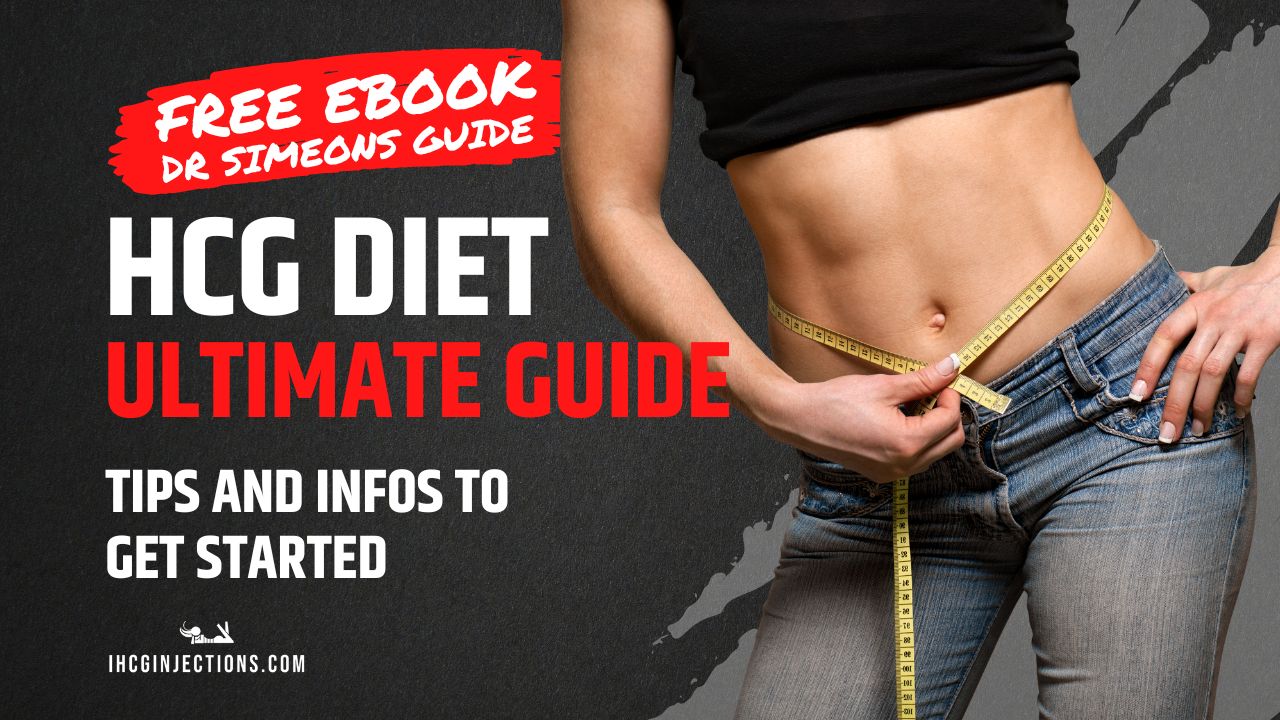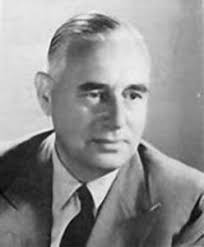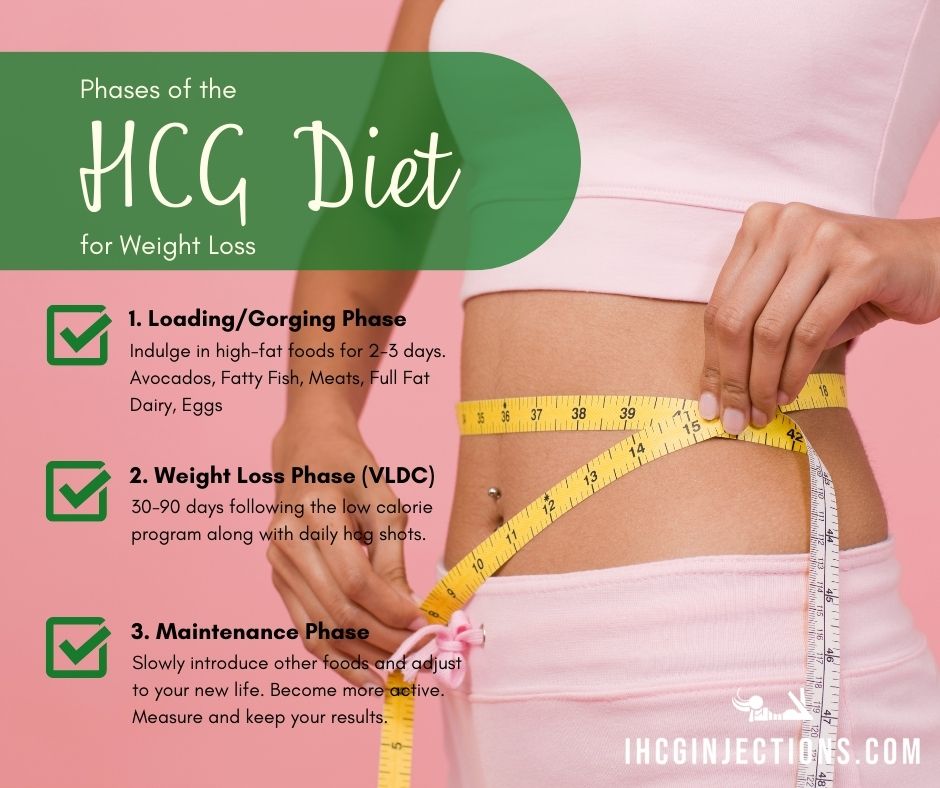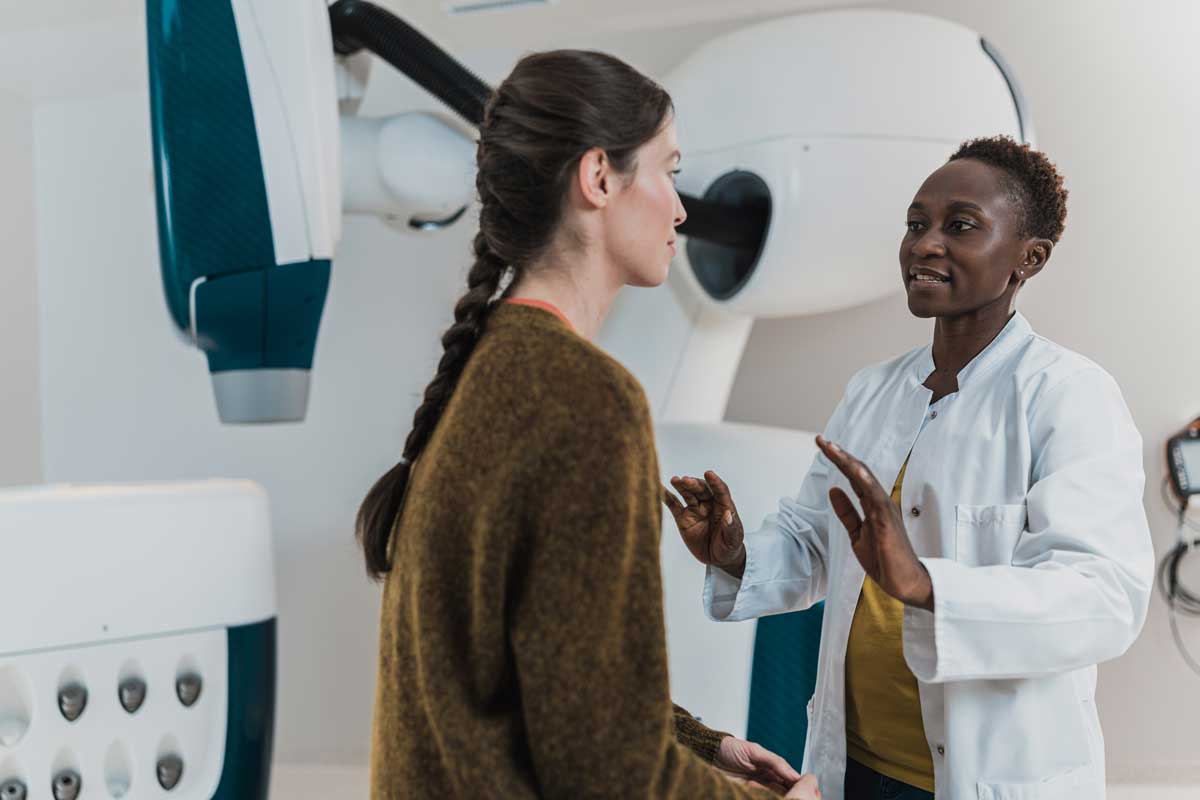HCG Diet 101: What You Need to Know Before Starting

If you’re considering the HCG Diet for weight loss, our comprehensive guide has everything you need to know before getting started. Learn about the benefits of this sustainable approach to healthy living, the top strategies for success, and how to maximize your rapid weight loss potential. Start your journey to a healthier you today!
What Is The HCG Diet?
It is a dieting system that involves a very low-calorie diet (VLCD) in combination with the hormone HCG (human chorionic gonadotropin). The substance is typically taken in the form of injections. Drops, pellets, and troches are also advertised in many places online; however, among these are many questionable hcg diet products that do not contain the needed hormone: human chorionic gonadotropin.
The diet itself is quite strict, as it requires participants to consume no more than 500 calories per day. This calorie restriction, coupled with the hormone HCG, is said to help the body burn stored fat for energy, resulting in weight loss.
It has been around for several decades and was originally developed by Dr. Simeon, a British endocrinologist. However, it has gained renewed popularity in recent years thanks to celebrity endorsements and social media.
There are a few different versions of the diet, but the most common involves a Phase 1 “loading” phase where participants eat high-fat foods for 2-3 days; followed by Phase 2 where they consume only 500 calories per day for 3-6 weeks; and finally Phase 3 where they slowly reintroduce calories back into their diet.

Who is the Creator?

Though the origins of the are often disputed, most medical researchers agree that English physician A.T.W. Simeons created it in the 1950s. Simeons’ work was based on his previous research on pregnant women in India who were malnourished, yet still able to give birth to healthy babies.
He attributed this to the hormone human chorionic gonadotropin (hCG), which is produced during pregnancy and causes the release of stored fat into the bloodstream to nourish the developing baby. Simeons believed that hCG treatment could also help non-pregnant people lose weight by tricking their bodies into thinking they were pregnant and causing them to burn stored fat for energy.
To test his hypothesis, Simeons treated a small group of obese people with daily injections of chorionic gonadotropin and put them on a 500-calorie diet. He found that his patients not only lost weight, but also experienced a decrease in hunger and an increase in energy levels. Inspired by these results, Simeons published “Pounds and Inches: A New Approach to Obesity” in 1954, which detailed his protocol.
HCG Weight Loss Action Explained
The hypothalamus is a key player in the regulation of energy homeostasis and body weight. hCG may have an impact on its functions and how it controls other hormones, namely ghrelin, leptin, and insulin. These endocrine agents are responsible for appetite, satiety, energy balance, and glucose metabolism. The role of insulin in weight management has been well documented, but the role of ghrelin and leptin in energy homeostasis is less well understood.
Ghrelin levels have been shown to be directly linked to hunger. When ghrelin levels are high, it signals to the body that it is time to eat and can lead to feelings of ravenous hunger. Conversely, when ghrelin levels are low, it can help to control appetite and keep hunger at bay.
Leptin is another chemical messenger, that is produced by the fat cells, and it signals the body to stop eating.
However, more research is needed to understand the exact mechanisms by which hCG affects the hypothalamus and its role in metabolism, fat accumulation, and hunger suppression.

Phases of the HCG Diet
The protocol is divided into three distinct phases. Each phase has its own set of rules and guidelines. Understanding all three phases is crucial to ensuring the diet works effectively and you achieve your weight loss goals.
Phase 1: Loading Days
The initial “loading” period lasts 2-3 days. This step involves starting shots and eating as much high-fat food as possible. The hcg diet requires this, even if it seems counterproductive. To avoid hunger during the following very low-calorie period, stack up on fat.
Phase 1 is not the time to binge on processed food. Healthy, nutrient-rich fatty meals like avocados, fatty fish, meats, full-fat dairy, and eggs with yolks are optimal.
Phase 2: VLCD and HCG
The main weight loss phase is where you’ll continue your daily shots and follow the restricted food plan. It should generally last for 30 to 60 days to give the system time to work.
The VLCD (very low calorie diet), is one of the main components of the course. This type of diet is intended to help people lose weight quickly by restricting their calorie intake, while allowing the hcg to do its job. The average person on a VLCD will consume between 500 and 800 calories per day. This is significantly lower than the recommended daily caloric intake for most people, which is around 2000–2500 calories per day. While this may sound daunting, it’s actually not as difficult as it sounds. This is because you will also be taking a daily dose of human chorionic gonadotropin (hCG), around 166–250 IU per shot.
The hormone helps suppress your appetite and makes it easier to stick to your goals. VLCDs can be followed in several ways. Buying diet-specific meals is one option. Get these meals online or at numerous shops. VLCD-friendly recipes can be used to make your own meals. This is harder, but cheaper. You can regulate ingredient quality when cooking planned meals.
VLCDs require several considerations. First, get adequate vitamins and nutrients. B12 vitamins control mood, energy, neurons, and muscles. Make sure you replenish these. Vegetarians struggle to get B12 because few plant-based meals contain it. Take supplements or eat vitamin-rich fruits, veggies, and lean protein. Drinking water throughout the day is also crucial. Eventually, the hcg diet cannot be sustained. Most people should follow it for a few weeks.
Phase 3: Maintenance Or Stabilization
Phase 3 is the final stage of the diet, and it is when you are able to eat more foods and increase your caloric intake. This phase can last for several weeks, and it is important to follow the guidelines set forth by your doctor or nutritionist.
During this maintenance phase, you will likely see some weight gain, but it is important to remember that this is part of the process and necessary in order to return to a sustainable diet and keep the desired numbers on the scale.

HCG Products: Injections, Drops, Pellets, and Troches
All variations of this system have one thing in common: a daily dose of the hormone human chorionic gonadotropin, or HCG. There are four different types of products that can be used for the diet: injections, drops, pellets, and troches. Injections seem to be the most common form used for the diet.
HCG Injections:
These are typically done once per day, and the hormone is administered into the muscle or fatty tissue. Shots are the most effective form of HCG for the diet, as they provide a consistent level of the agent in the body. There are two types of injection techniques used to administer the hormone:
Intramuscular injections
This is a type of administration that delivers the medication deep into the muscle. This allows for a more localized and higher concentration of the medication to be delivered, making it more efficient than other methods, such as oral.
Subcutaneous injections
Also called SubQ, these jabs are given under the skin, typically around the abdomen, using a very short and thin needle. The needle is inserted into the fatty tissue just under the skin. This method can be easily followed for self-administration.

Drops:
Also referred to as “oral hcg”, they are usually placed under the tongue, where they are absorbed into the saliva. Drops are less effective than shots, as some of the hormone may be lost during absorption. Most drops may not even contain the substance in the first place.
Pellets:
One of their main advantages is that they are easy to take. You simply place the pellet under your tongue and let it dissolve. This is a much simpler process than having to measure out doses of liquid every day. They are typically less expensive than other methods.
The problem though with pellets is that they contain homeopathic hcg, which isn’t human chorionic gonadotropin, as required for the diet to work.
Troches:
Troches are small, hard, pill-like tablets that are taken sublingually (under the tongue). They are absorbed directly into the bloodstream, which allows them to work quickly and effectively. As with pellets, it is questionable if the substance is bioactive in this form at all.

Getting Started with the Program
Here is a list of what you need to start:
1. It is important to follow the program correctly and understand the different phases. What to avoid, along with general recommendations. Your first step is to download this essential PDF file and familiarize yourself with the hcg program before you start.
2. A quality HCG supplement: This is the most important part of the diet, as it is the HCG hormone itself that helps signal the body to start burning stored fat for energy. Without this supplement, the diet simply will not work. You can do this by either getting a prescription from your doctor or purchasing it online.
3. Good protein sources: As you will be eating a very low-calorie diet while on the course, it is important to make sure that you are getting enough protein in order to avoid muscle loss. This can come from lean meats, poultry, fish, egg-whites, tofu, or legumes.
4. Multivitamins: When calorie intake is severely restricted, it is important to make sure that you are getting all of the vitamins and minerals your body needs in order to function properly. A good multivitamin will help to fill any gaps in your nutrition. Along with the hormones, many people inject Vitamin B12 to prevent any deficiency in these vitamins.
5. A food scale: In order to accurately follow the protocol and avoid any weight gain, you will need to weigh your food on a food scale.
6. Get an HCG-friendly cookbook: The diet can be quite restrictive in terms of what you can and cannot eat. Having a good cookbook with recipes specifically designed for the diet can make it much easier to stick with it.
Food Plan and Menu Suggestions
The protocol allows for a limited variety of foods, including lean meats, vegetables, fruits, and whole grains. However, the diet is very restrictive in terms of calories, and subjects are typically only allowed to consume 500 calories per day.
This can make it difficult to get the nutrients your body needs, so it’s important to carefully select the foods you eat while on it. Choose nutrient-rich foods that will help you feel full and satisfied while staying within your calorie limit.
Approved Foods:
-
- Lean protein options include white fish, chicken, shrimp, lean beef, tofu, and vegetarian protein options.
- All vegetables except starchy ones like corn, peas, and beans. For example: spinach, chard, broccoli, asparagus, cabbage, cauliflower, radish, tomatoes, fennel, and onions.
- Low-sugar fruits, including apples, oranges, berries, guavas, citrus fruits in general, are ok.
- Very limited amounts of bread like melba toast, as well as some snacks in the form of bread sticks.
- Nuts or seeds, as long as they’re low in calories.
- One tablespoon of extra virgin olive oil or coconut oil per day.
- Limited amounts of milk, but unlimited amounts of water, herbal tea, and black coffee.

Where to Find Recipes?
There are many sources for recipes online and in cookbooks. Some popular sources include websites and Pinterest. There are also many books available on this topic, such as “The HCG Diet Gourmet Cookbook” by Tammy Skye. You can even find some free ebooks on Amazon. Below, you’ll find some examples of approved recipes. From breakfast to dinner (and even dessert), we’ve got you covered. So, what are you waiting for? Get cooking!
Breakfast:
– Egg Scramble with Broccoli and Cottage Cheese: Start your day with a protein-packed breakfast that will keep you full until lunchtime. Simply scramble some eggs, add some chopped broccoli, and top with cottage cheese. Season with salt and pepper to taste.
– Omelet with ham and vegetables: Another great option for a hearty breakfast that will keep you satisfied until lunch. Feel free to mix up the ingredients in your omelet based on what you have on hand. Common additions include ham, cottage cheese, and vegetables such as tomatoes, onions, and peppers.
Lunch:
– Tuna Salad: A light but satisfying lunch option that takes no time at all to prepare. Simply mix canned tuna, diced celery, diced onion, lemon juice, and mayonnaise. Season with salt and pepper if desired. Serve over a bed of lettuce or atop a slice of program-friendly bread.
– Chicken Salad: Another great option for a quick and easy lunch. Mix cooked chicken breast, diced celery, grapes, mayonnaise, and Dijon mustard. Season with salt and pepper to taste.
Dinner:
– Beef Stir-Fry with Quinoa: A delicious and healthy dinner option that’s perfect for busy weeknights. Simply stir-fry some lean beef strips with your favorite vegetables (like broccoli, bell peppers, and mushrooms). Season with soy sauce and garlic powder to taste. Serve over a bed of quinoa.
– Chicken Parmesan: A classic chicken dish that’s sure to please everyone at the dinner table. Simply bake some chicken breasts that have been dredged in flour and eggs, then coat them in parmesan and breadcrumbs. Top with tomato sauce and veggies, and serve over some whole-wheat pasta.
Dessert:
– Fruit salad: A healthy and refreshing dessert option that’s perfect for hot summer days. Simply mix together your favorite fruits (we like watermelon, berries, and guava), then top with a light dressing made with stevia and lime juice.
– Chocolate mousse: A rich and indulgent dessert that’s still relatively light (thanks to the use of whipped egg whites). Simply combine dark chocolate chips, milk, whipped egg whites, vanilla extract, and stevia in a bowl and whisk until smooth. Refrigerate for at least an hour before serving.

Side Effects
Even though this program is thought to be safe for the most part, there are some possible side effects that you should know about before you start. These side effects could include:
- Fatigue: One of the most common side effects is fatigue. This is usually due to the fact that your body is not used to burning fat for energy, and it can take a few weeks for your body to adjust.
- Headaches: Another common side effect is headaches. These are often due to dehydration, as your body is losing a lot of water weight on the diet.
- Hunger: One of the main reasons people turn to this, is to help them get slimmer. However, some people experience increased hunger due to the low caloric intake.
- Muscle cramps: Some people may experience muscle cramps due to a lack of electrolytes in their system. This can be avoided by drinking plenty of fluids and adding salt to your meals.
- Nausea: Some people may experience nausea or vomiting, especially in the first few days. This is usually due to the low calorie intake and can be alleviated by drinking plenty of fluids and eating small, frequent meals.
If you experience any of these side effects while on the HCG diet, be sure to talk to your doctor, healthcare provider, or find more info about it online. They can help you determine if the system is right for you and provide tips on how to minimize side effects.

Conclusion
The hCG diet is a popular but controversial weight-loss plan. According to social media, the diet has thousands of supporters. They claim that it can help people reduce fat quickly, but there is little scientific evidence to support these claims. Critics of the method point out that it is very restrictive and can be unsafe if not followed carefully.
If you are considering trying it, be sure to speak with your doctor first to ensure that it is safe for you. We hope that this guide has helped to provide you with a comprehensive understanding of the protocol and its potential benefits and risks. The FDA (Food and Drug Administration) does not endorse the hormone hcg as a weight-loss drug.
Frequently Asked Questions
Is the hcg diet safe?
Despite the fact that the FDA has approved the drug on which the protocol is based, its long-term safety and efficacy are not yet known. Some doctors have raised concerns about the diet’s possible risks, such as an increased risk of side effects from the HCG injections, nutrient deficiencies due to a lack of food variety, and possible effects on the metabolism and hormones. Despite these potential risks, many dieters report successful results with the regimen.
What happens if you eat sugar on the hcg diet?
Eating sugar in abundance while on the diet could compromise the desired results. Sugar not only adds calories, but can also stimulate hunger and cravings, making it difficult to adhere to the restricted caloric intake of the plan. Additionally, consuming sugar can cause spikes in blood sugar and insulin levels, which is a key factor in fat depositing.
Instead of sugar, opt for natural sweeteners such as stevia, honey, or maple syrup.

